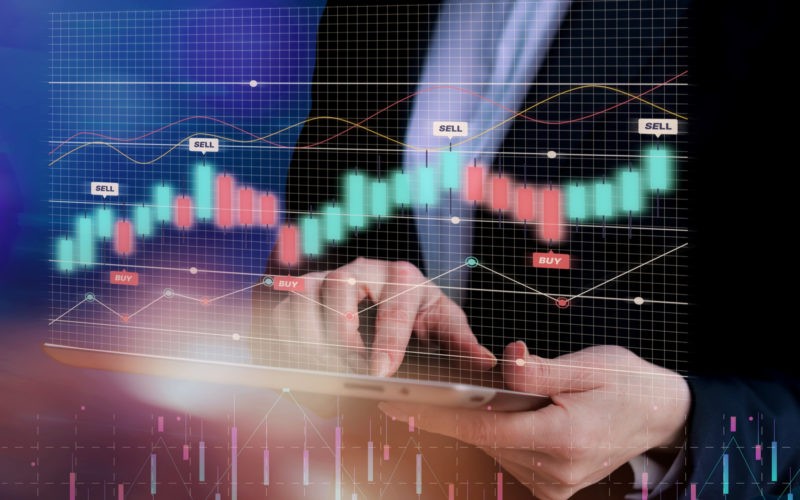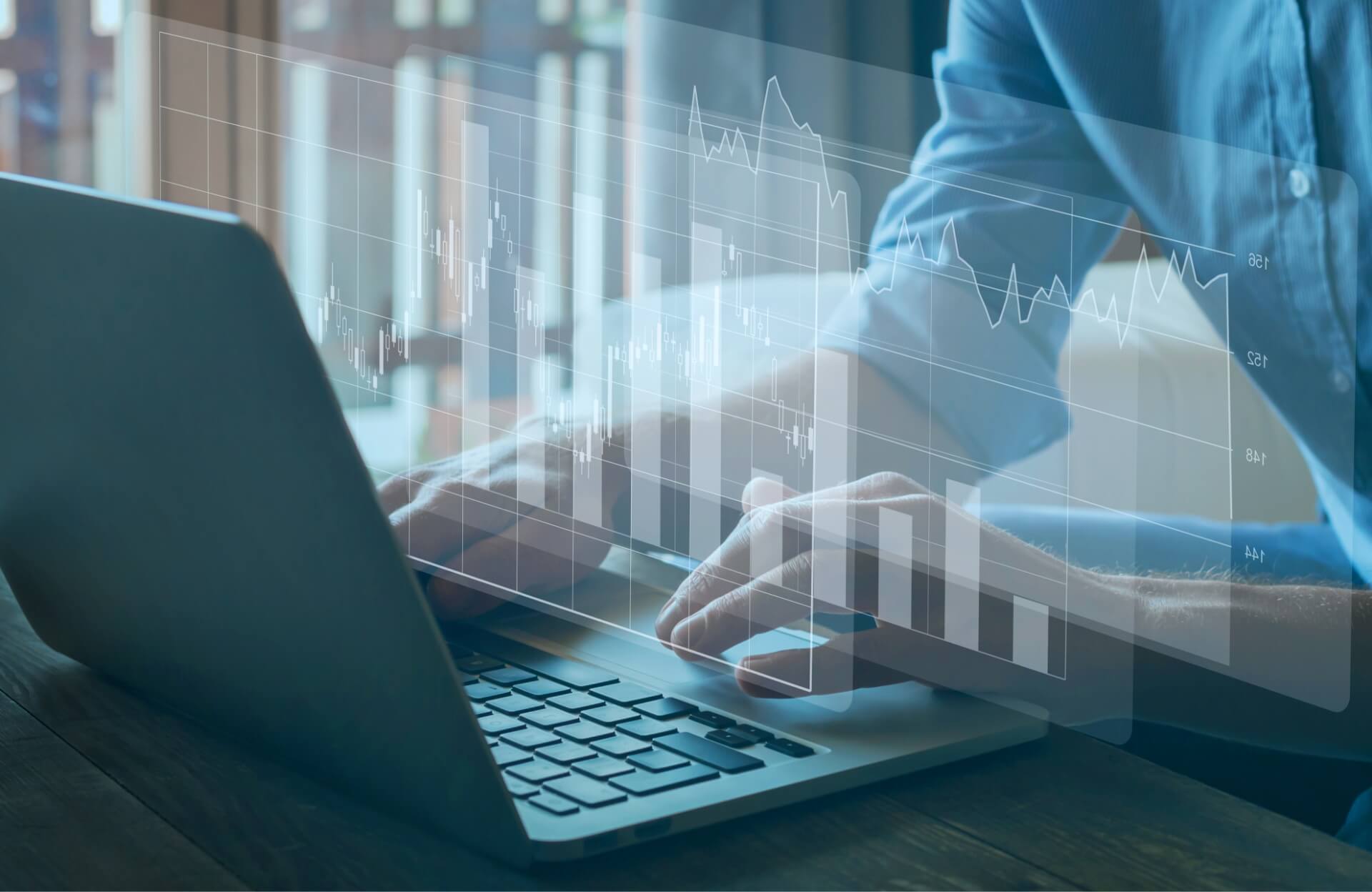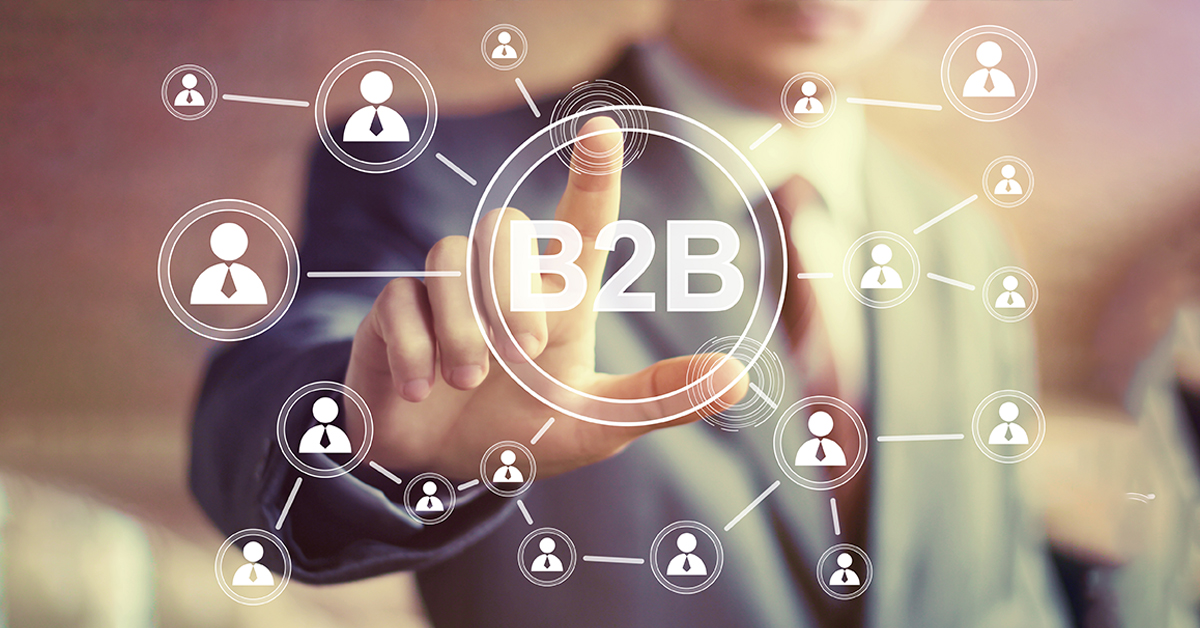
The landscape of international securities trading has undergone a dramatic transformation over the past few decades, primarily driven by advancements in technology. Gone are the days of chaotic trading floors bustling with human activity; today’s market is increasingly dominated by sophisticated algorithms and high-speed transactions. This article delves into the evolution of technology in securities trading, highlighting essential tools and the latest trends that shape the global trading environment.
Evolution of Technology in Securities Trading
Understanding the current state of international securities trading requires a look back at its historical evolution. Traditional trading methods relied heavily on face-to-face interactions, often on the trading floor, where brokers shouted bids and offers. Communication was predominantly through telephone calls, and trades were executed manually, leading to slower transaction speeds and increased potential for human error.
The introduction of electronic trading marked a pivotal shift in this paradigm. The late 20th century saw the emergence of online trading platforms that enabled traders to execute transactions remotely. These platforms revolutionised how traders accessed markets, providing real-time data and allowing for greater participation from retail investors. This democratisation of trading opened the doors for individuals to engage in markets that were previously the domain of institutional investors.
Key technological milestones further propelled this evolution. The development of algorithmic trading in the 1990s enabled traders to automate their strategies, increasing the speed and efficiency of trade execution. High-frequency trading (HFT) soon followed, leveraging complex algorithms to capitalise on minute price discrepancies in fractions of a second. As a result, the market became faster and more liquid, albeit at the cost of increasing volatility. Explore ADS-securities for more information.
Essential Technologies in International Securities Trading
At the heart of modern international securities trading lies an array of essential technologies that facilitate trading activities. Trading platforms, for instance, have become sophisticated tools that allow traders to access multiple markets with ease. Leading platforms like MetaTrader and Interactive Brokers provide users with an arsenal of features, including real-time data feeds, advanced charting tools, and multi-currency support. These capabilities empower traders to make informed decisions, execute trades quickly, and manage their portfolios efficiently.
Algorithmic trading is another cornerstone of contemporary trading practices. This approach utilises predefined rules to automate trade execution based on specific market conditions. Traders can develop various algorithms, ranging from simple strategies like moving average crossovers to complex systems that analyse large datasets in real time. The benefits of algorithmic trading include reduced transaction costs, the elimination of emotional biases, and the ability to process vast amounts of data quickly, allowing for timely execution.
Blockchain technology has also made significant inroads into the securities trading landscape. Originally the foundation for cryptocurrencies, blockchain offers a decentralised and secure way to record transactions. Its application in securities trading enhances the settlement and clearing processes, reducing the time and cost associated with traditional methods. Furthermore, the emergence of cryptocurrencies and tokenized assets has created new opportunities for trading, attracting a new wave of investors and traders looking to diversify their portfolios.
Current Trends in International Securities Trading Technology
The landscape of international securities trading is constantly evolving, with several key trends shaping its future. One notable trend is the rise of retail trading, driven largely by the proliferation of mobile trading apps. These platforms have transformed trading into a more accessible and user-friendly experience, allowing individuals to trade directly from their smart phones. The gamification of trading, through features like virtual competitions and rewards, has also engaged a younger demographic, making trading more appealing and interactive.
Big data integration is another trend gaining traction in the trading world. The abundance of data available today—from social media sentiment to economic indicators—provides traders with rich insights to inform their strategies. Advanced analytics tools enable traders to sift through this information, uncovering actionable intelligence that can lead to more informed decision-making. As a result, the ability to analyse and interpret big data has become a critical skill for modern traders.
Challenges and Considerations
Despite the numerous advantages that technology brings to international securities trading, it is not without its challenges. One significant concern is technology risk, which includes the potential for system failures and downtime. The reliance on complex trading systems means that even minor glitches can lead to substantial financial losses. Firms must ensure robust infrastructure and contingency plans to mitigate these risks effectively.
Regulatory challenges also pose hurdles for technology-driven trading. The rapid pace of technological change often outstrips regulatory frameworks, leaving firms to navigate a complex and evolving landscape. Compliance with international standards and regulations requires ongoing vigilance and adaptability, as failure to do so can result in severe penalties and reputational damage.
Conclusion
The role of technology in international securities trading is pivotal, shaping the way markets operate and how traders engage with them. From algorithmic trading to blockchain and AI, technological advancements have not only enhanced efficiency and accessibility but also introduced new challenges that must be navigated. As we look to the future, embracing these technological tools while maintaining a balance with traditional trading wisdom will be crucial for success in the ever-evolving world of international securities trading.





More Stories
Exploring the Advantages of Professional Employer Services for Businesses
Rahasia Sukses Bisnis Kecantikan Lewat Maklon Kosmetik dan Pabrik Kosmetik Profesional
Using a Research Marketplace for Global Market Research